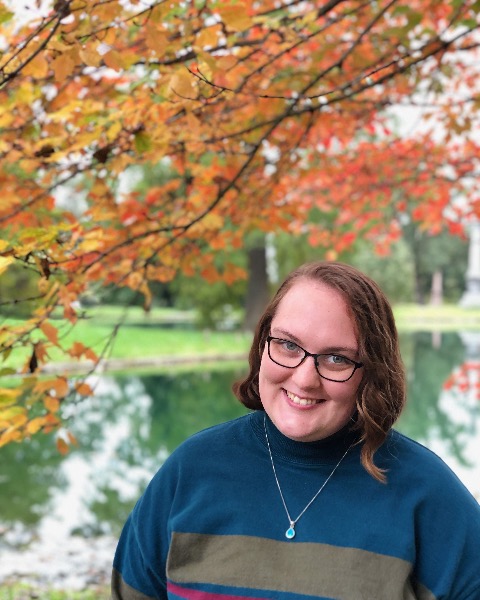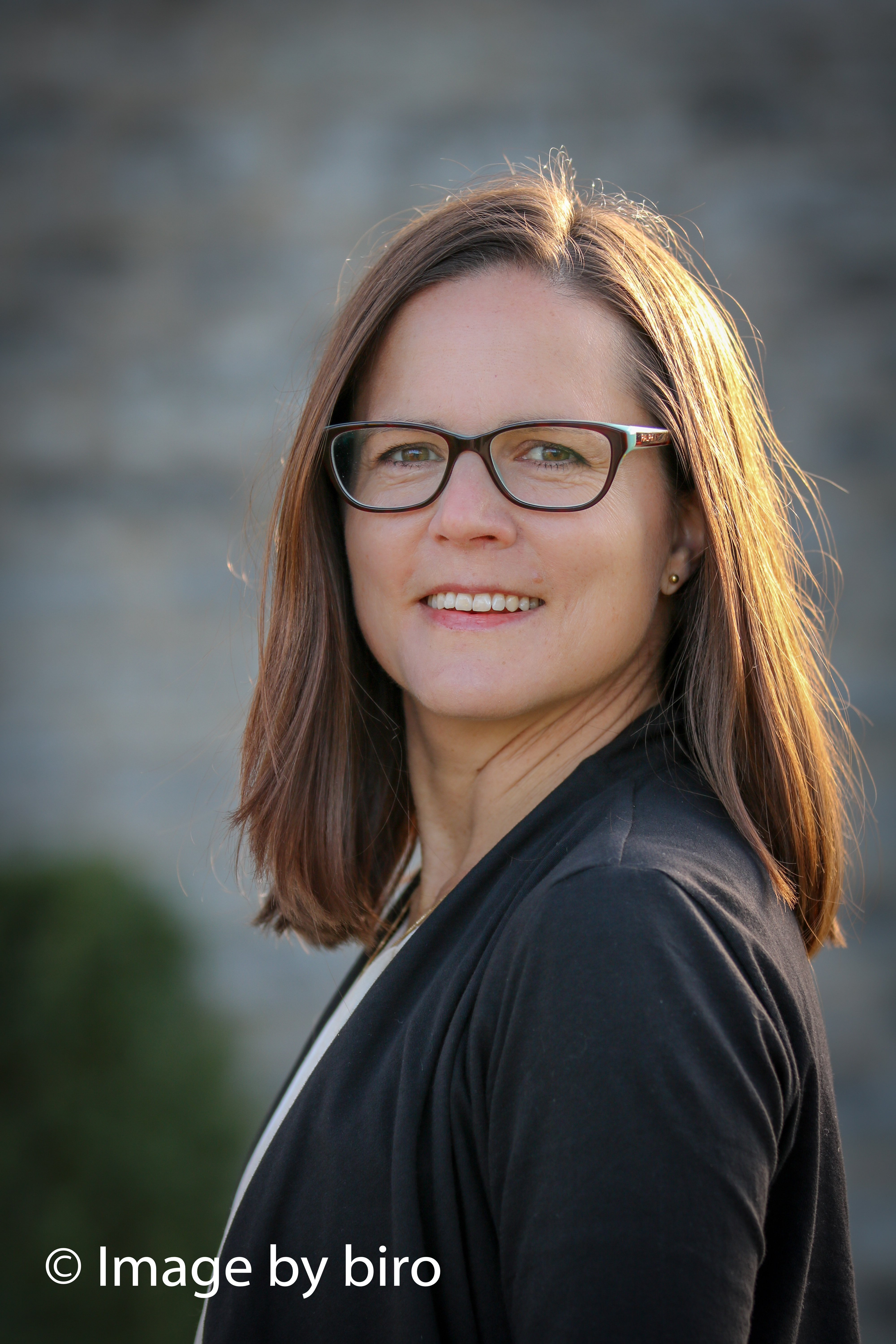LGBTQ+
(PS7-A24) Exploring the Expectations and Experiences of Coming out for Asexual Individuals

Emily Devlin, M.A.
Graduate Student
University of Cincinnati
Cincinnati, Ohio
Charlie Giraud, M.S.
Graduate Student
University of Cincinnati
Cincinnati, Ohio
Sarah Whitton, Ph.D.
Professor
University of Cincinnati
Cincinnati, Ohio
Author(s)
Co-Author(s)
Asexuality, defined as a lack of sexual attraction to others, is under-researched. Asexual individuals, similar to other members of the LGBTQIA community, may decide, or be forced, to disclose their sexual identity. To date, only one published article has reported on identity disclosure rates among asexual individuals and only two studies examined asexual individuals’ disclosure experiences. The coming out process can be a pivotal experience for all members of the LGBTQIA community, and therefore, should be investigated for all members. To address this gap in the research, we explored 1) facilitators and barriers to disclosure 2) responses to disclosure and finally 3) the emotional consequences of the responses among individuals who identify as asexual.
Data were drawn from 45–60-minute semi-structured interviews with asexual adults (N= 20). Eligibility criteria were 1) self-identification as asexual (absence of sexual attraction to any gender); 2) aged 18 and 30 years-old; 3) fluency in English; 4) ability to provide consent. Interested participants completed a screening survey to determine eligibility. Eligible individuals were invited to participate in an interview via Zoom with a research associate trained in qualitative interviewing. Participants received a $25 gift card for their participation. Recruitment continued until our recruitment goal was satisfied.
Interviews were digitally recorded, transcribed verbatim, and checked for accuracy. Coding was guided by thematic analysis, which consists of examining data across participants to identify and analyze patterns. Coders were two doctoral students in clinical psychology and an undergraduate researcher, all of whom had training in thematic analysis. For code development and application, we applied several rounds of constant comparison analysis. First, we generated a list of potential themes, which included any topic that the coders perceived to be a significant or recurring pattern in the data. Notes were compared across transcripts and similar ideas were grouped together as codes. Codes were consolidated if they overlapped conceptually with several other codes. This process resulted in a codebook, which included code descriptions and illustrative examples to facilitate intercoder agreement. Coders then began coding the excerpts, meeting frequently to discuss their process and the codes they assigned.
We generated several themes regarding facilitators to disclosure for asexual individuals. Participants noted they felt most comfortable disclosing to individuals with whom they had emotional closeness, who had previously spoken positively about the LGBTQIA community, and who also identify as members of the ace community. Barriers to disclosure included fear of relationship change, the other person having expressed negativity toward LGBTQIA community, and lack of emotional closeness. Common response to disclosure included questions or confusion about asexual identity, which led to participants’ feeling misunderstood, and minimal but positive responses (e.g., “That’s cool.”) and affirmation of asexual identity, both of which generated feelings of support and confidence in future disclosure.

